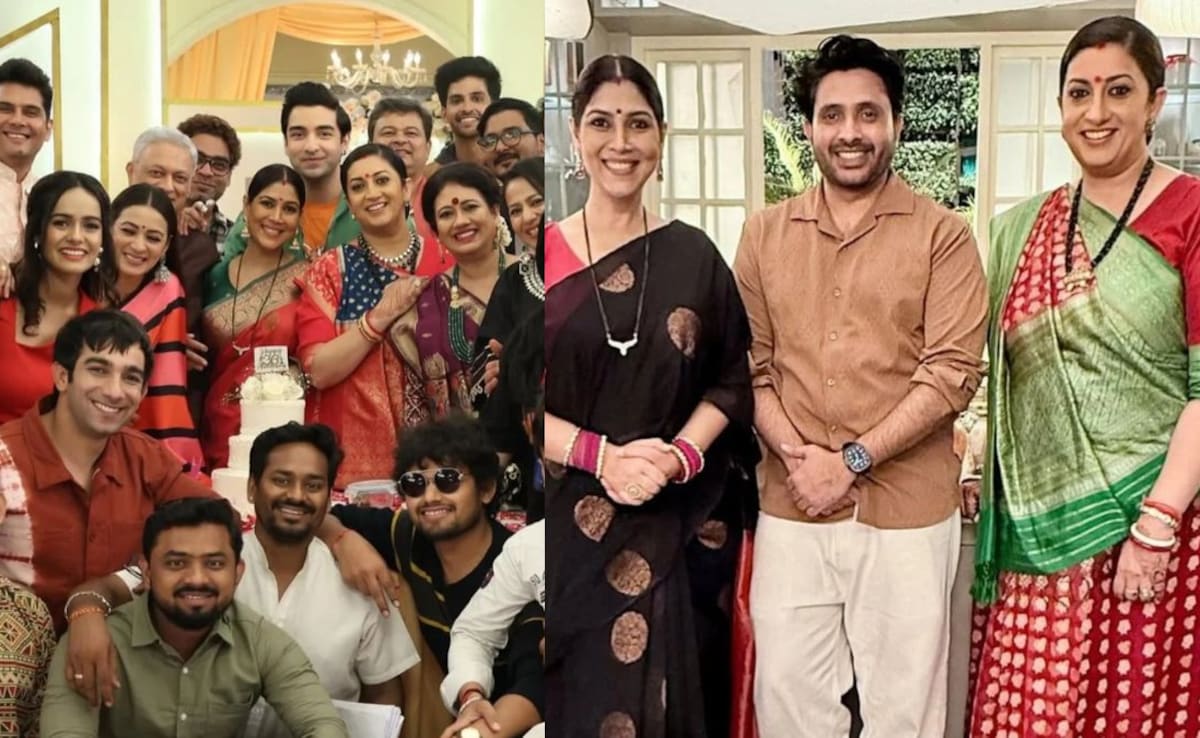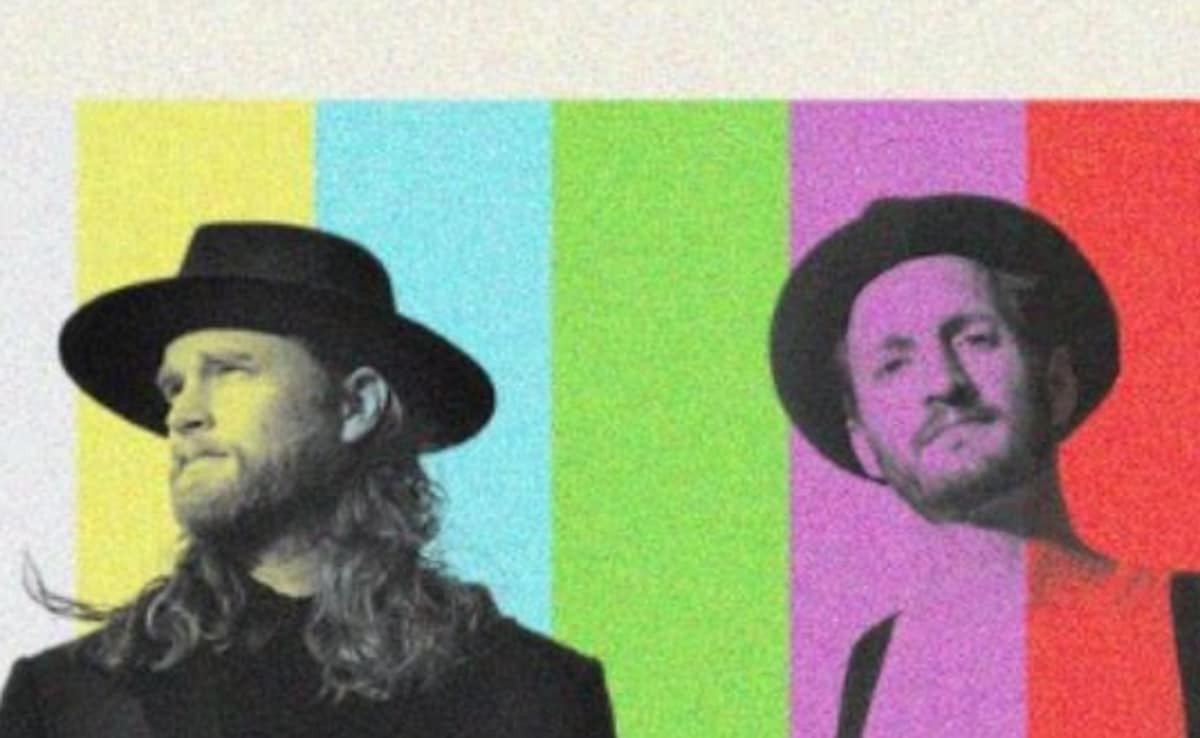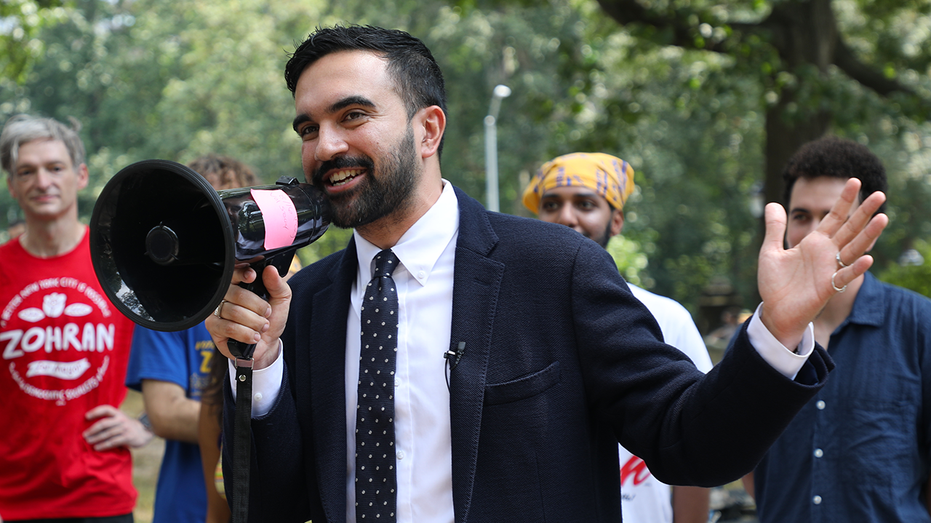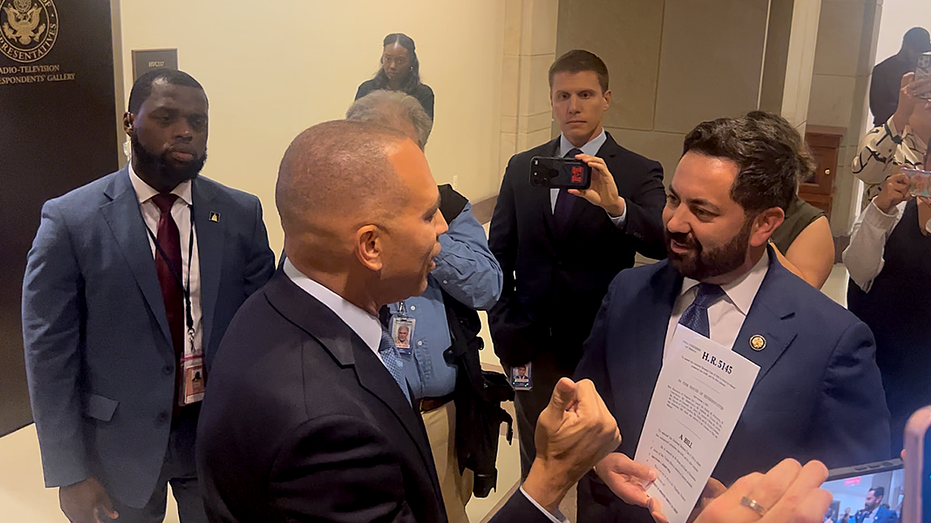“How can we help?” The Engaged Journalism Exchange aims to create belonging through media

The most recent Engaged Journalism Exchange — a convening of journalism practitioners, funders, and scholars in San Francisco over the summer — began with Anita Varma describing how she’d been the target of a disinformation campaign, a home vandalism, and doxxing during the several years she’s been leading the Solidarity Journalism Initiative as an assistant professor in the School of Journalism and Media at the University of Texas at Austin.
“At that point,” she said, “public engagement became a danger for me.”
Her comment kicked off a half-day discussion focused on the precarious position of people who work in journalism, and the creative ways those people are responding and reimagining the field. The event brought journalists together with civic media makers, organizers, and researchers to share experiences and brainstorm. (We are cofounders of the Engaged Journalism Exchange, along with Letrell Crittenden.)
The event began with a chat with El Tímpano founder Madeleine Bair, News Futures civic media organizer and educator Carla Murphy, and Varma.
“We have lost our publics,” Murphy said, calling on participants who work for newsrooms and universities to grapple with the fact that many people no longer trust them. “Our publics don’t care that we’re under attack.” Performative expressions of diversity, she said, fall short of meaningful change, and “our publics are not coming to the rescue.”
Bair added nuance to Murphy’s point by distinguishing between national news organizations and community-focused news organizations like El Tímpano.
“Every week we hear from dozens of our subscribers who thank us for what we’re putting out,” Bair said. Those subscribers sometimes say they avoid the nightly news because it covers attacks on their communities without explaining how they can take action. But “when it comes to quality information that affects what they’re doing and how to feed their families,” Bair said, “people are hungry for that.”
The Trump administration’s hostility toward the media has affected publishers like El Tímpano and the communities they cover.
“Whether we’re talking about the Corporation for Public Broadcasting closing because of loss of public funding, or emergency alert systems,” Bair said, “there has been a disinvestment in information that is vital to keeping communities not only informed but safe and connected.”
Bair suggested journalism professionals, funders, and scholars begin with the question: How can we help?
El Tímpano communicates with subscribers via text and asks them what questions they have. Because the site covers Latino and Mayan immigrants in Oakland and the wider Bay Area, Bair observed that much of what her audience is looking for at this moment is help navigating concerns — and misinformation about — ICE raids.
“So much of what immigrants need is connections to resources,” Bair said. Subscribers regularly ask whether ICE is in their community or whether reports of ICE sightings are real.
“[The Trump] administration is attempting to spark fear. A lot of that fear is justified,” Bair said. “What can we do to help people feel empowered? How can we create a sense of belonging through media?”
This question of connecting people through civic media initiatives was a theme that arose multiple times throughout the day. “People aren’t going to trust the information that you’re giving them unless they feel connected to you, or in some way they’re identifying with you, or they feel like you care about them,” Jennifer Brandel, co-founder of Hearken and News Futures working group steward, said in one breakout session with participatory media specialist jesikah maria ross.
“The experience matters a lot,” she added. “Experience offers healing, and the experience offers a sense of belonging or care. We don’t talk about that, and we don’t see the news business as a connection business or an experience business. There’s a ton of opportunity there.”
Other breakout groups also explored efforts to connect people to information and each other. Humphrey Obuobi from LETS Studio in Oakland led a discussion about deliberative technology tools and the attributes of “productive public conversations” both in person and online. Documenters Canada’s Clément Lechat and Minnesota Journalism Center’s Benjamin Toff discussed how they’re working to make information from public meetings more accessible. One session connected researchers and practitioners working to meet information needs during natural disasters. Another discussed Commoner’s new Journalism Support Exchange, a database of journalism support resources that is supported by Press Forward and that will launch out of beta later this year.
The event was sponsored by AEJMC’s Participatory Interest Group, the Agora Journalism Center (School of Journalism and Communication at the University of Oregon), the Center for Community-Engaged Media (Temple University’s Klein College), the Media, Inequality, and Change Center (University of Pennsylvania), Medill School of Journalism, Media, Integrated Marketing Communications (Northwestern University), the Minnesota Journalism Center (University of Minnesota), and the University of Utah’s Department of Communication.
Jacob L. Nelson is an associate professor in the University of Utah’s Department of Communication. Andrea Wenzel is an associate professor in Temple University’s Department of Journalism.
What's Your Reaction?
 Like
0
Like
0
 Dislike
0
Dislike
0
 Love
0
Love
0
 Funny
0
Funny
0
 Angry
0
Angry
0
 Sad
0
Sad
0
 Wow
0
Wow
0











































































